IoT-Connected Charging Stations Driving EV Adoption
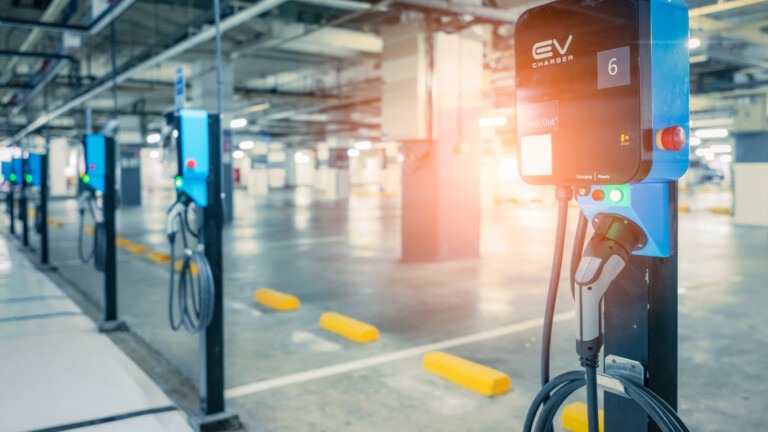
As governments and automotive companies continue to seek out meaningful solutions to the growing threat of climate change, many countries are setting targets that hope to increase the adoption of electric vehicles (EVs). EV infrastructure – particularly public and private charging stations that keep these vehicles on the road – is a place where the IoT plays a significant role.
Before there can be more EVs on the road, however, there needs to be charging infrastructure to support them. IoT sensors and networks will allow EV infrastructure – particularly on-the-go charging stations – to proliferate, making them more readily available for drivers. From supporting the operation and maintenance of those stations to providing fast, secure networks for transmitting usage data, the IoT will be critical to creating the right conditions for increased EV usage.
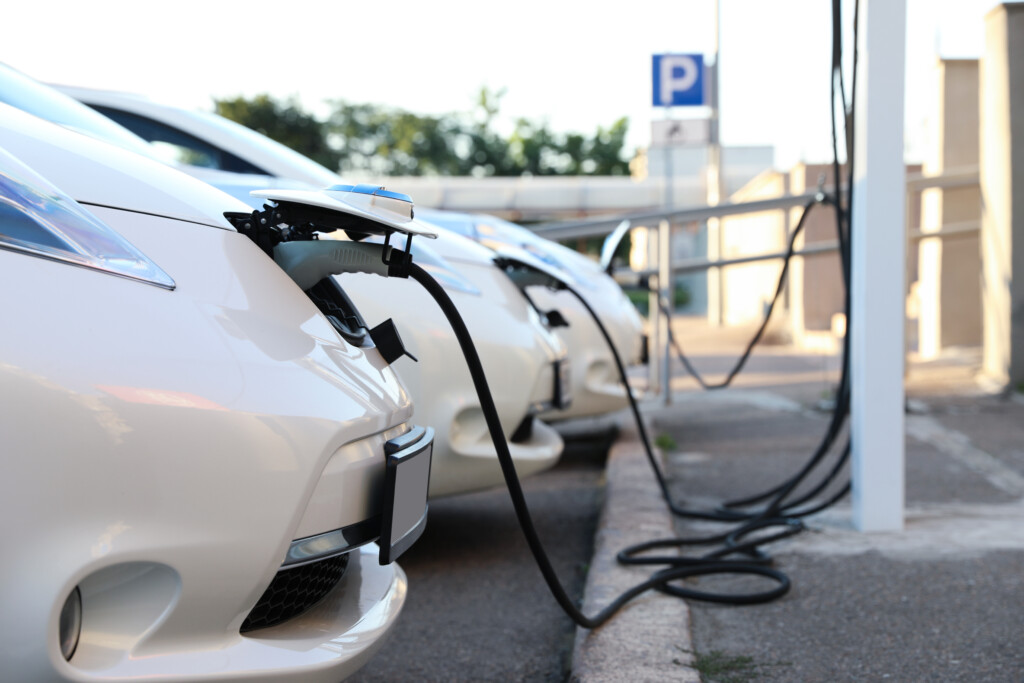
The Projected Growth of EV Infrastructure
According to a Berg Insight study, there will be 7.9 million connected EV charging points in Europe and North America by 2025, more than twice the roughly 3.4 million reported in 2020. At the onset of the study, only about 50% of charging points in Europe and 40% in North America had cellular connectivity, relying primarily on WiFi, GPRS, or 4G to communicate with charge point operators and EV drivers. The balance of those stations were traditional, non-connected devices.
Support for EV adoption in the US is being bolstered by the bipartisan Infrastructure Investment and Jobs Act, which President Biden signed into law in November 2021. The bill includes $30.7 billion to support deployment of clean vehicles, including EVs, and related charging infrastructure, as well as grid and battery-related investments.
Of the funding, $2.5 billion will go to the Discretionary Grant Program for Charging and Refueling Infrastructure, a Department of Transportation initiative that aims to improve alternative fuel charging stations. States will all have access to $5 billion through the National Electric Vehicle Infrastructure (NEVI) Formula Program, which supports new EV infrastructure, and operations and maintenance of existing installations. The program is accepting applications from state governments until August 2022, and will subsequently disburse that funding.
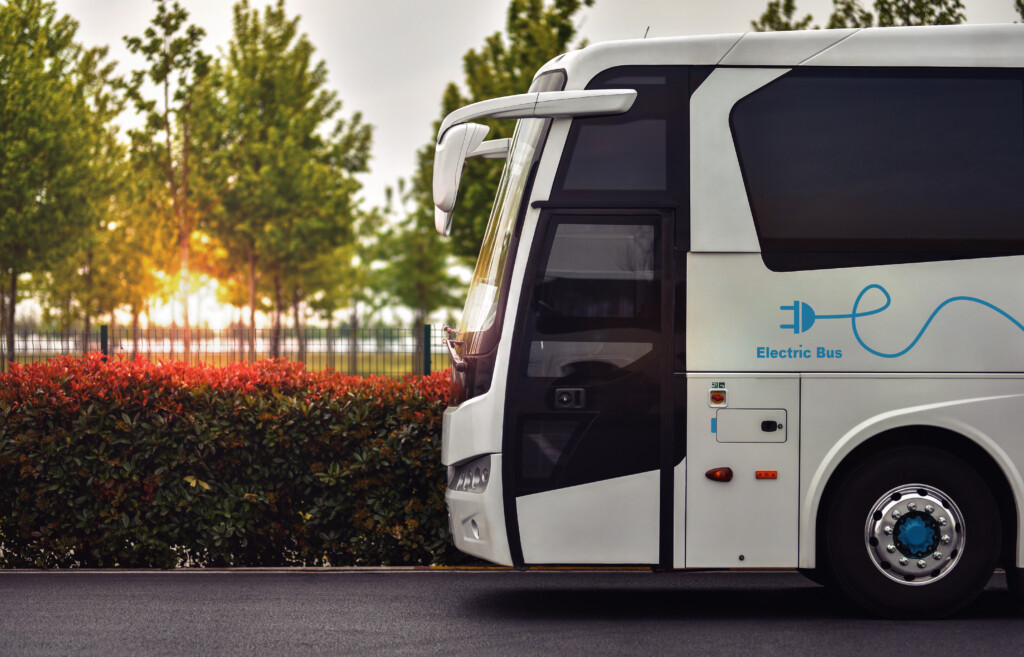
IoT’s Role in the EV Transition
One way IoT networks can help support EV charging networks is by providing real-time data to commercial and private drivers that can help them find a working charge point within the remaining range of their vehicle.
Early EV adopters struggled with range anxiety, or the fear that they won’t find a charge point before the vehicle’s battery runs out of juice. As more charging stations become available, that anxiety has somewhat abated, though some drivers may still worry that the specific charge points they are heading toward might not be functional or active when they arrive to fuel up their vehicle.
IoT sensors deployed at these EV charging stations can monitor equipment conditions to help assuage those fears. If any part of a station is not working – whether it’s the power supply, meter, or payment mechanism – these sensors will relay that information to the operator, who could make that status known to drivers, or schedule needed maintenance.
For IoT solutions to effectively support a transition to broader EV adoption, connectivity is critical. If the sensors at the charge point cannot communicate with the network, the resulting lack of availability of the station will frustrate EV drivers and damage the provider’s credibility. As such, connectivity has to be fast and dependable. Designing reliable IoT hardware for EV charging with a timely response factor in mind will be critical, as will building fast networks to support those connections.
The data from these charging stations can provide critical information that can help not only Charging Point Operators (CPO) but power utilities work more efficiently. EV drivers that can charge at home and companies that use large fleets of EVs during the day will primarily plug their vehicles into the grid in the evenings, during what is already a peak demand period for utilities. By sharing usage data, however, CPOs and utility providers can work together to not only manage that demand but find ways to mitigate those spikes.
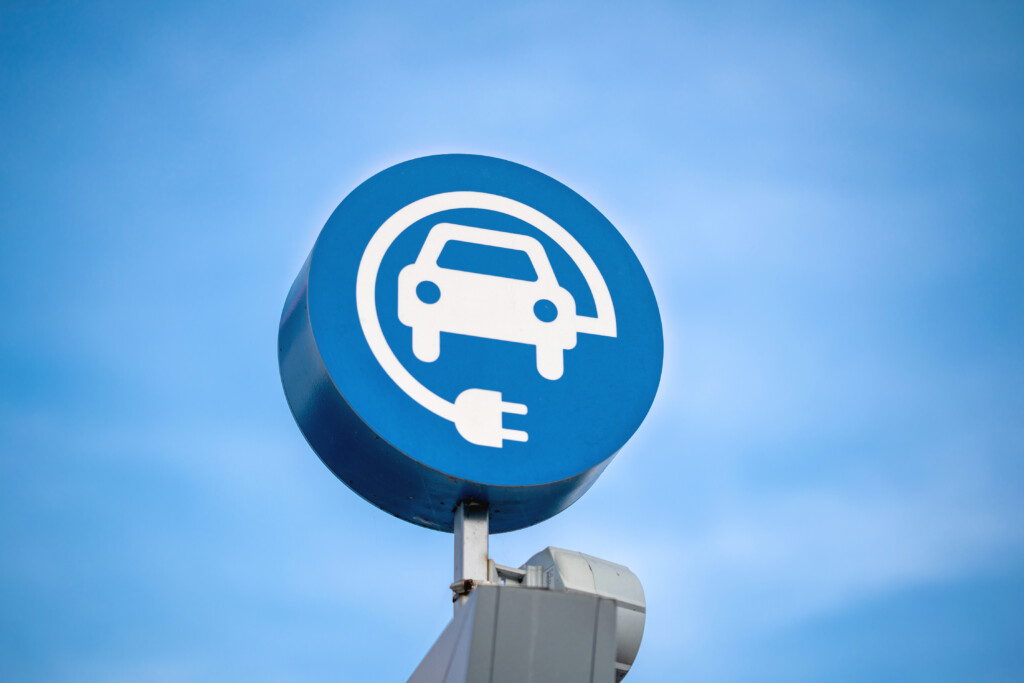
How EV Adoption Can Strengthen ESG Efforts
The growth of EVs can also help companies boost their environmental, social, and governance (ESG) profiles. Companies with strong ESG factors are more likely to attract socially responsible investors looking to build their portfolios.
For example, in March 2021, global investment firm VanEck identified U.S.-based public charging network EVgo as a leader in the space around ESG. Researchers found that EVgo is the only EV charging network in the U.S. that is completely powered by renewable energy.
Elsewhere, Royal Dutch Shell has also targeted EV infrastructure as a way to improve its ESG profile. In 2021, a company spokesperson told CNBC that the organization plans to make 500,000 EV charging points available globally by 2025, with the long-term goal of 2.5 million by 2030. This is just one part of RDS’s strategy to become a net-zero emissions energy business by 2050.
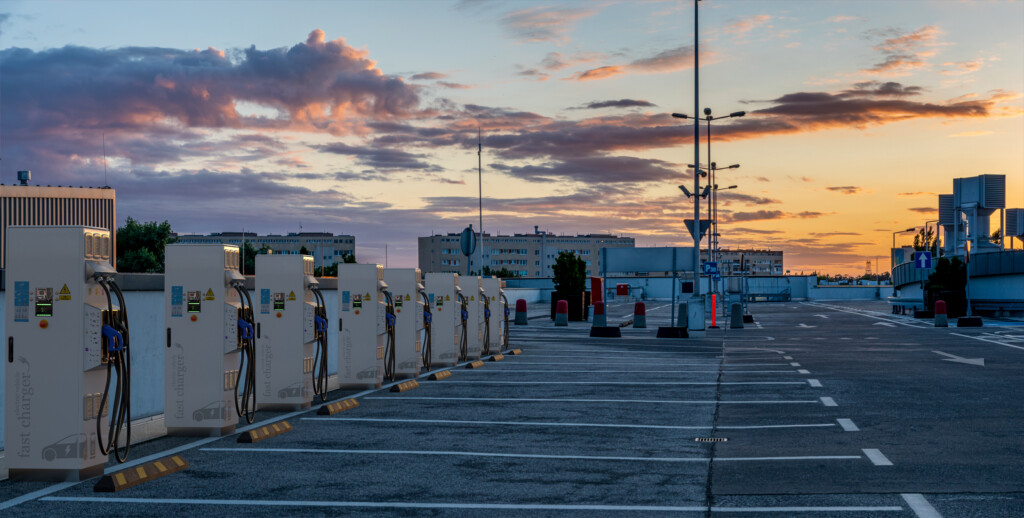
IoT Charging Solutions Will Support Transition Target Dates
In 2021, the Japanese government announced a plan to phase out gasoline-powered vehicles in the country by 2035. Approximately 90% of Japanese EV owners are also single-family homeowners, meaning that they can install charging stations at their houses. For residents of apartment and condo buildings, however, finding a place to charge an EV is much less convenient. CPOs, such as Your Stand, are working quickly to develop IoT-enabled charging stations to mitigate the challenges EV drivers have had in accessing reliable on-the-go power for their vehicles.
In India, a CEO-led consortium of companies is pushing the government to support a target of at least 65 percent of all vehicle sales to be electric by 2030. Gross sales of EVs in India have been growing, with a reported 20 percent increase in sales from 2019 to 2020. But an unstable, uneven EV charging infrastructure across the country makes it challenging to convince consumers that they might benefit from purchasing an EV.
Elsewhere, the UK has set a goal for a full transition to EVs for consumer drivers by the end of 2032. But about 60% of urban households in the UK do not have convenient access to an EV charging station, which may hinder adoption. Business vehicles, on the other hand, have more runway – as the UK has set a 2050 deadline for commercial providers.
In the U.S., President Biden has called for 50% of new vehicles sold in 2030 to be EVs. That proposal has received automaker support but has yet to be codified in any formal way.
Well-architected and connected IoT deployments will serve as a strong foundation for the growing adoption of EVs. These interconnected networks will provide the timely data and operations support needed to ensure EVs can become a globally trusted and reliable way to transport people and products while helping reduce emissions and improving sustainability.
………….
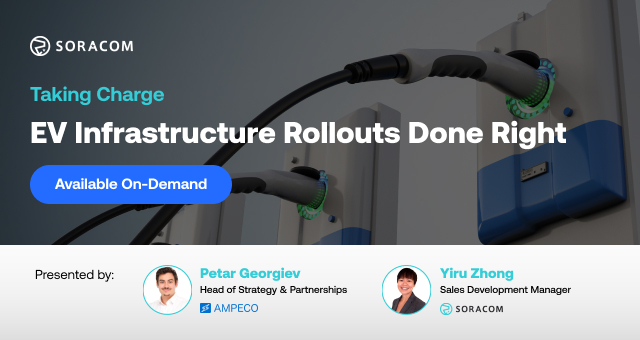
Are you looking to launch an EV charging solution? Join us, and the team from AMPECO, to learn some of the challenges with launching an EV charging infrastructure and how to address them. In this joint webinar you will also learn:
- The role of cellular IoT in scalable EV Charge applications
- Security considerations when deploying an EV Charge solution to market
- Simplifying and futureproofing your deployment
- And More!
Check out this On-Demand Webinar Today!
………….





